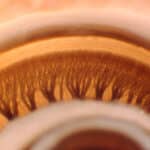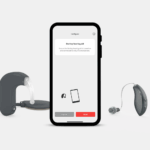
Hearing loss equals hearing aids, right? Not necessarily! We’re here to talk you through all the possible alternatives. Plus, find out what options might be right for you.

Hearing loss equals hearing aids, right? Not necessarily! We’re here to talk you through all the possible alternatives. Plus, find out what options might be right for you.

Your favorite playlist. The weekly catch-up with your mom. That podcast you just can’t stop listening to. You can stream all those sounds straight to your ears thanks to cochlear implants and Bluetooth. No wires needed. We’re here to show you how.

In recent years, wireless earbuds like Apple’s AirPods Pro have evolved far beyond just playing music. With features like adaptive transparency, they now offer support for people with mild-to-moderate hearing loss. But can AirPods replace hearing aids or hearing devices?

From the color to the logo to the mascot, let’s take a look at the meaning of the symbols and design of the brand behind your trusted hearing loss solutions.

Residual hearing refers to the ability to hear some sounds even with hearing loss. Even people with significant hearing loss may have some remaining hearing ability, often in specific frequency ranges. This remaining hearing can be very important for cochlear implant users, as it can aid their ability to understand speech and enjoy sounds.

Do you use a hearing aid for one ear and a cochlear implant for the other? Great news: You can stream music and phone calls straight to both your ears with our bimodal streaming system. Read on to find out how it works with both Android and iOS phones.